John “Rabbit” Bundrick | Interview
John “Rabbit” Bundrick is a legendary session musician appearing on some of the most iconic albums. From his collaboration with Bob Marley, The Rocky Horror Picture Show to The Who and so much more.
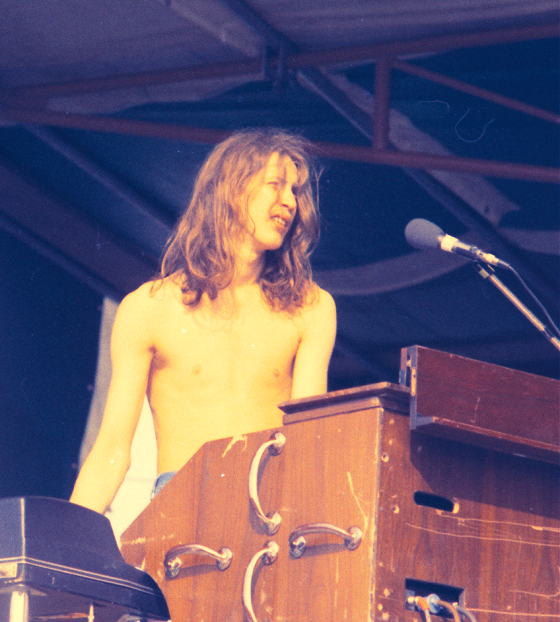
“After I did my Nash, Marley and Free stints, from then on the phone never stopped ringing”
Would you like to talk a bit about your background?
John “Rabbit” Bundrick: I was born on 21 November 1948 in Baytown, Texas, about 30 minutes from Houston. I was influenced by country and western music. Our family was very involved with the music.
What were some of the early bands you were part of (pre-Blackwell)?
None. Blackwell was my first band to do what we did together. Great, great times to remember.
Were you influenced by pioneering bands from Texas such as 13th Floor Elevators and the likes?
Absolutely. They were our own Pink Floyd ya’ll.
How did you get the nickname “Rabbit”?
Somebody in the band said that I looked like a rabbit and the name stuck.
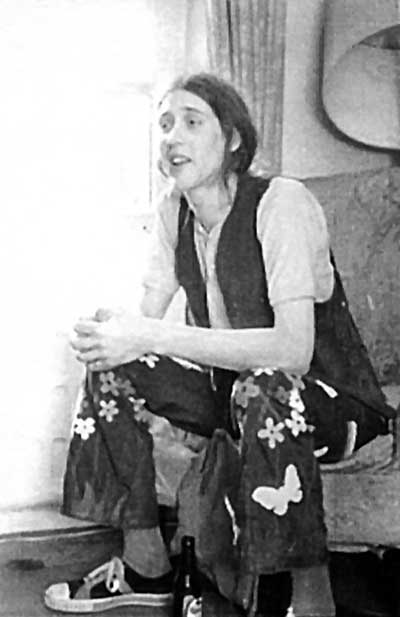
Your playing can be heard on the legendary reggae album ‘Catch a Fire’. Was it difficult to collaborate on a reggae album?
Part 1A of the 1971 diaries, about my living with Bob Marley and Johnny Nash in Sweden in 1970-71 Summer – 1971 – Rabbit and Bob Marley in Sweden
As if by magic, Bob [Marley] arrived at our house, in Stockholm Sweden, in the summer of 1971. He came to write songs with and for Johnny Nash, and to help in the recording of the soundtrack for a film in which Johnny was starring with a Swedish actress named Christina Schollin. Bob and I were brought in as songwriters since Johnny had the music rights to the film. We also published everything we turned out, whether it was used or not. I lucked out and wrote the film theme song and title. Sadly, nobody has ever heard it, or seen the film. We had the big premiere in Stockholm, and the next night the film closed.
I had never heard of Bob Marley, or Reggae before, so obviously I thought, “What the Hell is this?!”. I have often eaten those very words since then. One minute Bob wasn’t there, and the next minute Bob was there. We all worked hard and played hard.
Bob was shy of, or didn’t like, the Swedish musicians Johnny had hired, and he usually stayed away from them. When they did approach him, he mumbled, and stared at them with a far distant glare. Then he would coyly move away to escape from them, grumbling something that sounded a lot like, “Ras Clat”, or “Blood Clat”, or something that I’m sure nobody could quite make out.
In the studio, and at home, Bob taught me how to follow him with a reggae feel that I never knew existed. He would play the “Chink-a” rhythm on the guitar, then yell out to me, “Hey, Rab, mon, on de organ you play dis, mon: “Chu-wah-ka-cha-ka-cha-ka”…
At our house in Sweden, we each had a bedroom where we would each do our own songwriting and generally live out our egos. It was like a “songwriting factory”. As you walked through the house you would hear a conglomeration of different types of music, all fighting for the same ‘ear space’. Out of Johnny’s room came soft, sweet, dulcet vocal tones working on a ballad, often with a hint of a reggae feel, probably because it was usually one of Bob’s tunes. ‘Stir It Up’, (dreamily) or “Comma, comma, come back here. My-y lady!” (romance was oozing, and so were the girls.)
Out of Bob’s room came the rawest guitar and vocal sounds my ears have ever heard. We rarely ever saw each other, when shut away in our own rooms, writing and playing to heaven and earth, and occasionally hell. Although Bob was such a tremendous songwriter, singer, performer, and artist, I did occasionally wonder if he was ever going to tune his guitar, or just leave it like it was, because with all the harmonics flying around the house, maybe he thought I was out of tune, or Johnny. Well, naw! Never Johnny. That boy can sing his “rass” off – no problem.
Anyway, there we all were, smoking, drinking, girl-y-ing, and generally causing an uproar with the neighbours for absconding with their Swedish daughters, when suddenly everyone was issued with a formal, in writing, notice that all salaries from then on were cancelled. We were working for free! The whole she-bang had gone bankrupt! Danny Simms, Johnny’s manager, had this brilliant idea, to gain money, by locating the best poker player in Stockholm, and bringing him to our house for a few hands of cards. Danny said, “no problem guys. When I’m through with this dude, we will be rolling in Swedish Kronas”. So Danny sent for this hood from America. With him he brought more money than I had ever seen, or will probably ever see, and a gun. I thought, “Uh-oh!”. Anyway, if we’re bankrupt, then where did all of this money come from?! (a bank, no doubt). And Why not use this money to get us out of bankruptcy! No way! Danny wanted to play poker!
The Swedish card sharp arrived and the game was on. Just the two of them. Bob, me, and Fred Jordan, the musical director from Memphis, were sitting around the table in the kitchen,
while Johnny, Danny, and the Swede, who I never actually saw, and the hood from America, were at it in the living room. I can tell you now, Danny had the Swede figured all wrong. Me, Bob, and Fred would moan, bitch, and swear every time we would hear Danny take another loss, and hear the Swede shuffling Danny’s money to his side of the table, saying something in Swedish, which probably meant, “better luck next time.” Then we would hear Danny yell something in very plain English, – “Motherfucker, he’s winning all the fucking money!” Danny said to the hood, (who was actually quite a nice guy, for a hood), “Go and get some more cash”. We heard the hood say, “Danny, there ain’t no more, This bastard has won it all!”. Well, when we heard that, you can imagine the guffaws, assholes, and even “rass’s” coming from us three in the kitchen. Danny blew it big time. He certainly heard us in the kitchen, because in he bursts, ready to kill because he could hear us swearing at him every time he lost a hand. He yelled at the hood, “Go and get the gun! If you guys want paying, I’m fixing to pay all three of you right now!”… Well, I was already white, Fred Jordan, a black man, turned white, but Bob sat there cool as a cucumber. Danny is a big guy, so it doesn’t take much for him to hurt someone. He only hit me once. I woke up a couple of minutes later, to see him break a kitchen chair over Fred, in the corner. I looked at Bob. He was still sitting in his chair, at the table. I heard him say to Danny, “Yuh rass, yuh naa rass wit I, mon, claat.” I wanted to laugh, but my jaw hurt too much. Danny left the room. Bob sat there with a smile on his face. I thought, “Why can’t I have guts like that?!”…
I really don’t know what happened to Bob. All I do know is that his air ticket, Johnny’s guitar, and Johnny’s tape recorder all disappeared , along with Bob. Johnny never forgave him for taking his guitar. Bob disappeared as magically as he had arrived.
The next time I saw Bob Marley was when Johnny, Danny, and I moved to England, in October 1971. We lived in Chelsea for awhile, then moved to Tottenham Court. It happened again! Bob appeared out of nowhere. We all continued on our way as before, in Sweden, but now in England. Get the girls out! We worked on and recorded Johnny Nash’s smash hit album, ‘I Can See Clearly Now’ album and also recorded Bob on his own project singing his song, ‘Reggae On Broadway’, released on CBS records in 1971.
Then Danny and Bob had another ruckus over Bob’s ‘Fish Head Soup’. Apparently Jamaicans and Rasta’s love fresh fish head soup. anyway, Bob had bought his fish heads and put them in the kitchen for later use. Then he went out for a while, and when he returned, he found that his fish heads had been shot down the garbage chute, and were gone for good. Obviously somebody must have thought, when they walked into the kitchen, that some one had eaten fish for lunch, and had just left the heads, guts, and bones just lying there, without cleaning up their mess. Nobody knew it was Bob’s fish head soup ingredients. Yuk! For some reason, Bob assumed that Danny was the culprit and he tore into Danny with the verbal abuse of someone who had “just caught a burglar in the act of lifting his Jamaican Weed.” Before it got very far, my then long-time Swedish girlfriend, Marlene Lingard, entered the room to explain to Bob that she was the one who sent the fish heads to the dungeon, saying that she had no idea that they were to be used for cooking. She had never heard of fish head soup (nor had I), and thought they were left there to be trashed. Bob immediately let up on Danny and turned to Marlene, and started “sweet-talking” her, saying “Oh Marlene, don’t yuh worry. It’s alright”. According to Marlene, he was always trying to make her anyway. She said that he told her every chance he got, when I wasn’t around, “Hey, Marlene, when Rabbit, mon, ain’t around, why don’t we do it, huh?” Nice one Bob. Cheers for that!
After the Tottenham Court Road escapade, we all moved to Queensborough Terrace. This was to be the last stop for Bob and my co-existence together. We did various “Sons of the Jungle” gigs (Nash’s touring band) all over England with Johnny, and if I’m not mistaken, Bob was on the brink of becoming the legend we all know and miss today. I heard my last and final argument between him and Danny in a hotel room in the Grosvenor House Hotel, in London. From what I could figure out, it was all about Danny letting Bob go free to be taken under the wings of Chris Blackwell, Head of Island Records. This was a very loud argument. I think Bob had had enough of Danny Sims, and was determined to put a stop to being merely a songwriter for the use of Nash and Sim’s publishing company.
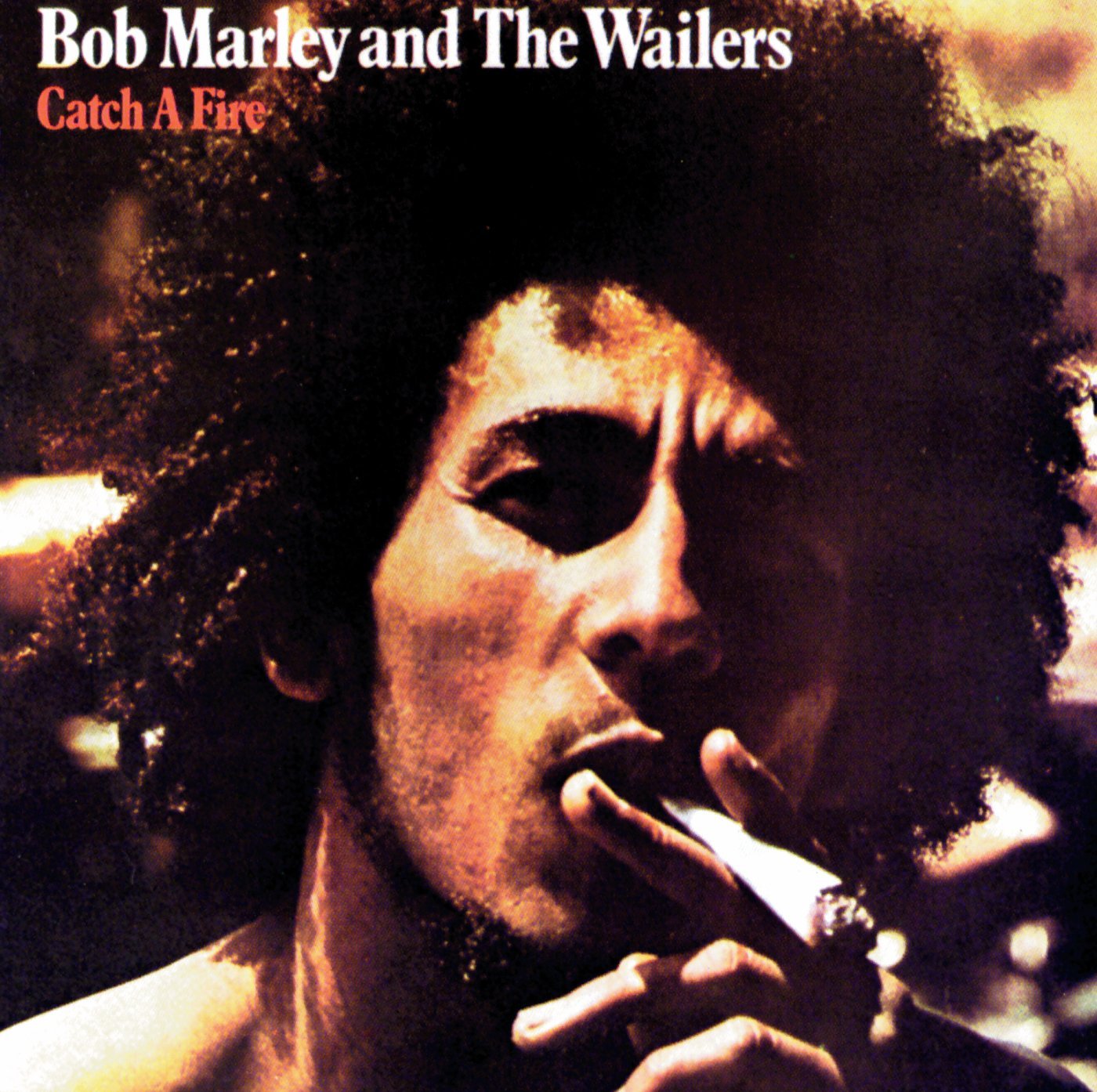
As far as I know, the result of their argument had four endings. Bob did go with Chris Blackwell and became a legend. Johnny Nash lives in Texas on a ranch, and is completely out of the
music business entirely (sings in church, and that’s it). Danny, who knows where Danny is?! Somewhere in New York, you can bet! And Bob’s song publishing? Now, we all know it’s not in heaven with Bob, don’t we? And me ? I’m still here, doing what I do best.
How did Mallard come about? It consisted of ex Captain Beefheart members. The band released two albums. What do you recall from those songs?
Mallard contacted me as the others did. I spent a few weeks in the Welsh Countryside recording one of their albums. The singer was a fanatic vocalist named Sam Galpin. Him and I drank so, so, so, much Scrumpy (an alcoholic drink that sent us rolling down the hills laughing our heads off. I have a sneaky feeling that the other guys in that band weren’t very happy with me and the singer.
“I was so drunk that I destroyed the whole of Free’s dressing room”
How about collaborations with British folkies such as Sandy Denny, John Martyn and Donovan?
John Martin was such a dream to play with…and a laugh to be around. I remember when I was in Free, the us and John supported Traffic on a USB tour. During gigs, an after, me an John were so drunk all the time. We managed to tear up a hotel room. Took all the ornaments, like a saber sword (fake), and wound up destroying bits around the hotel… I was so drunk that I destroyed the whole of Free’s dressing room, busted all the lights, broke all the mirrors…on and on it went, till I got fired when we went back to England. Damn did me and John Martyn have some fun… YEEEEE hAWWWW
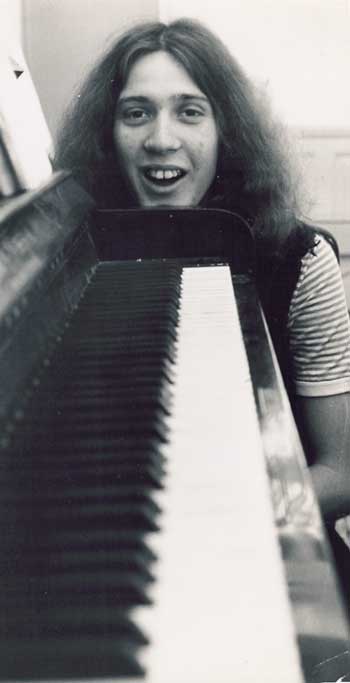
No more though. I am totally sober now thanks to the guys in The Who getting me down to the Drunkerd’s meeting place, the whole room were alcoholics. Not any more though. I am totally free from booze and have been for at least 15 or 20 years.
At the end of the seventies you were offered to play on ‘Who Are You’ (1978) but were unable because you had an accident.
Just put this down to hanging out one night with Keith Moon.
You collaborated with countless musicians. What are some recordings that you’re most proud of? Where and when was your most memorable gig?
Bob Marley’s ‘Catch a Fire’ album, Pete Townshend’s solo albums, Free’s ‘Heartbreaker’ album… Sandy Denny as well.
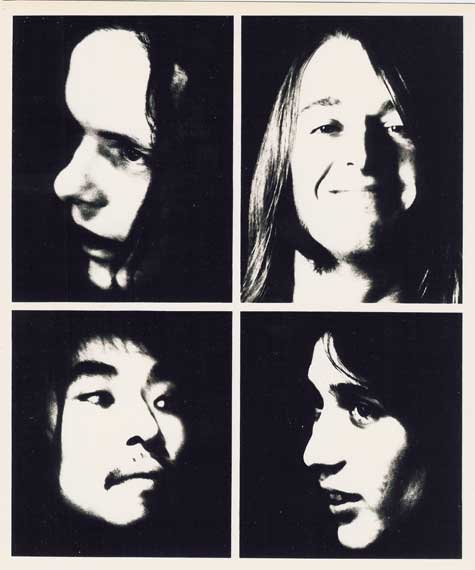
What would you say is the main difference in playing solo? How much did you enjoy working on your own album? You released two wonderful albums for Island Records in the early seventies. Would you like to talk about it?
A-W-E-S-O-M-E… I just turned 21 in 1970 and my name went around England like a wild fire… All down to my work with Johnny Nash, Bob Marley, Free…at any point in time in the music biz,
customers are always searching for the supposedly best keyboardist around. After I did my Nash, Marley and Free stints, from then on the phone never stopped ringing. Money? Well you buy an enormous amount of stuff in England back then with little money. I got paid £35 for my work on Marley’s album…in today’s terms I wouldn’t even get out of bed for that fee, hahaha. I lived with Johnny Nash and his manager so they took care of all the bills. So £30 went a long way on pleasing myself of England’s bounty.
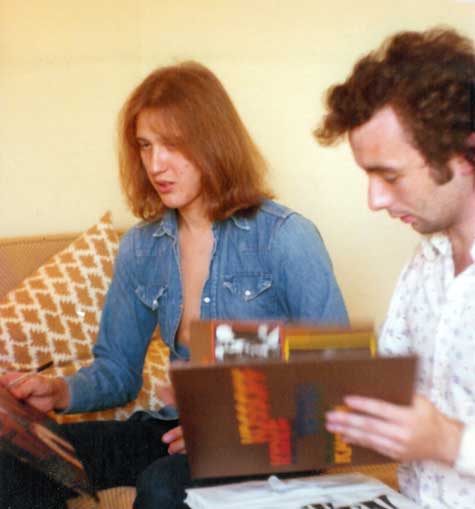
Would you like to comment on your playing technique? Give us some insights on developing your technique.
I learned my playing technique in my early teen-age years back in Houston, Texas, where I’m from. I listened for a massive amount of time to Floyd Cramer (the most famous c&w piano player in Nashville). Also Jimmy Smith, legendary Hammond organ player, and then I honed my Hammond playing more from The Vanilla Fudge back in the sixties. Mark Stein was a fabulous organ player.
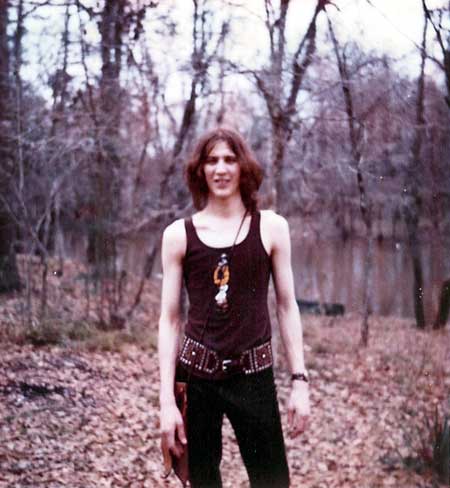
What’s the concept behind ‘Electric Forgiveness’, a project with Jon Dawson?
I met Jon Dawson while out on a Who tour years ago, up in N.Y. His band back then had me doing keyboards for their albums. And as of now, he has done his own project called Klator. Then I made my own version of it called Klator’s Baby, which are both available as we speak on iTunes, Spotify, and CD Baby.
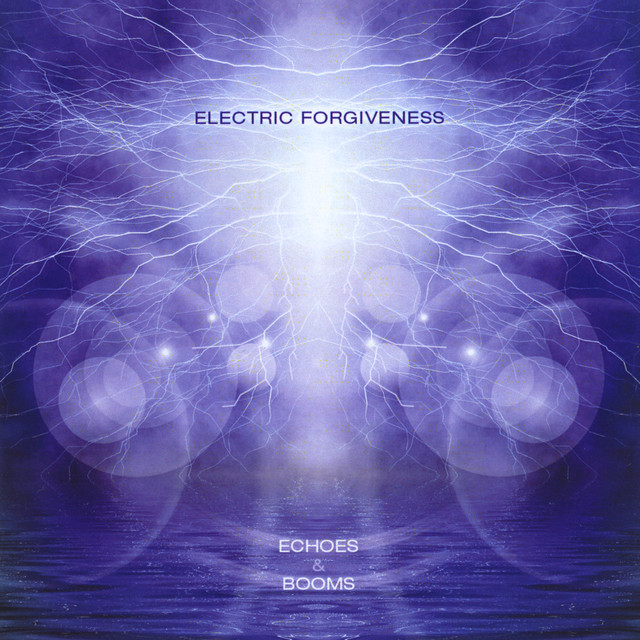
Is there any unreleased material you would like to release in the near future?
Absolutely… I have tons of various genre’s of music I make here. Rock, Classical, Native Americans, Soul Music, Country & Western music (the music I grew up with). Most available on my website
As a session musician, how are you coping with the current pandemic and what are some of your predictions for the music industry?
Well, I work in my own studio to combat Corona Virus…and I obey the rules for it.
What currently occupies your life?
The same thing that occupied my childhood…MUSIC, MUSIC, MUSIC!
You’re accepting online session work. Do you enjoy working online or do you think there’s a missing “energy” when it comes to music making online?
Well, there’s always gonna be the missing person’s collaboration, but with today’s technology makes it even a little bit easier. You don’t have to travel all over the world. Communication between me and the session’s I do is much quicker and to the point. No, in person conversations needed, but in a way this does take away the personal enhancement by being there with the artist. But I’ve had no complaints so far…
Thank you for taking your time. Last word is yours.
Thank you! John “Rabbit” Bundrick
Klemen Breznikar
John Rabbit Bundrick Official Website
Electric Forgiveness Official Website
All photo materials are copyrighted by their respective copyright owners, and are subject to use for INFORMATIONAL PURPOSES ONLY!




Nice interview!
I wonder if he remembers where he started….. North Shore HIgh School… “The Reverbs”